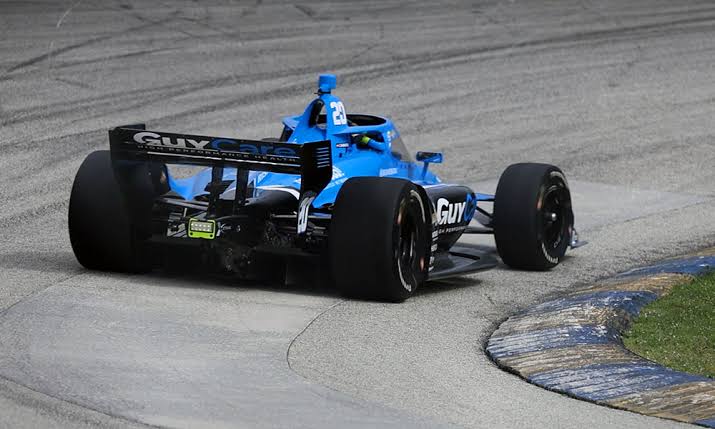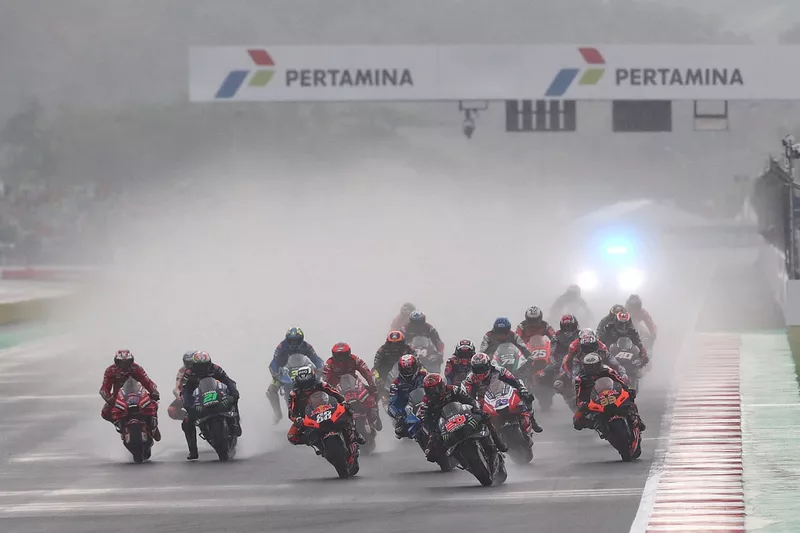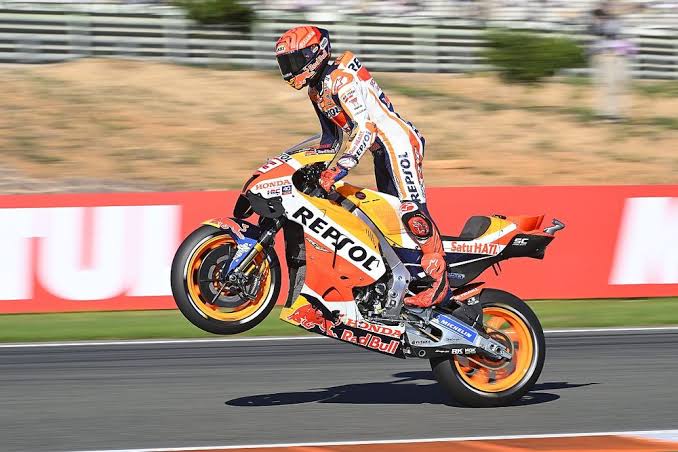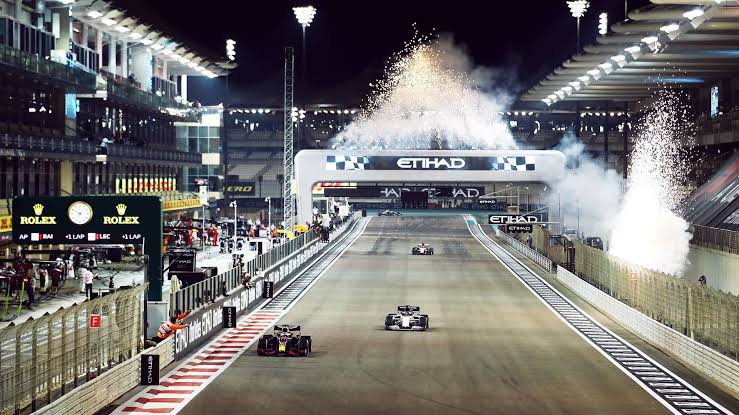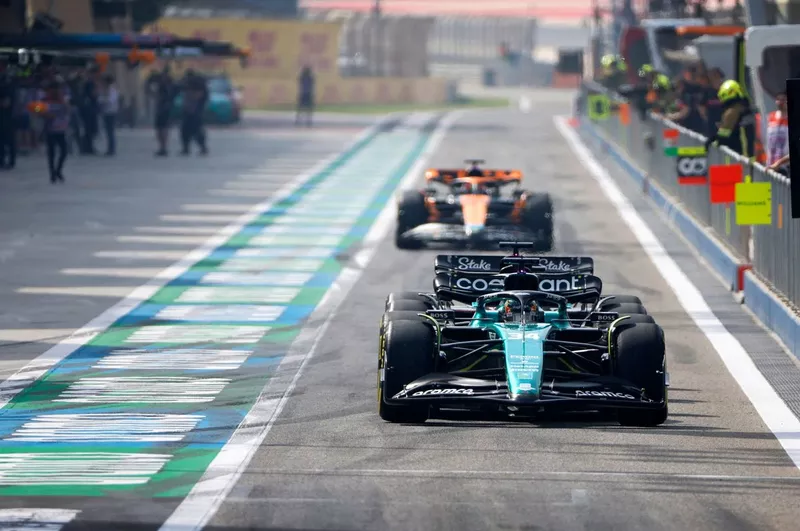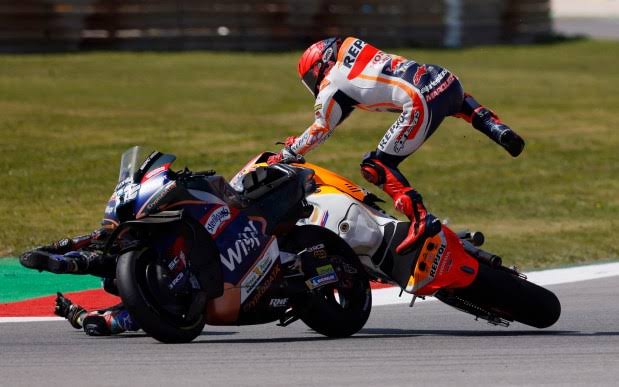Formula 1’s Sprint Race Revolution: A High-Octane Analysis
Formula 1, in pursuit of greater excitement and broader appeal, has made a daring jump in embracing the sprint race concept. This strategic innovation, introduced in 2021 and refined ever since, aims to inject adrenaline into race weekends, exciting fans with three days of high-stakes action. As six Grands Prix—China, Miami, Belgium, Austin, Brazil, and Qatar—are set to feature the sprint format in 2025, the impact of this innovation should be carefully analyzed. This article dissects the sprint race weekend, following its evolution, examining its workings, and evaluating its complex impact on the world of Formula 1.
From Tradition to Transformation: The Evolving F1 Weekend
To understand the magnitude of the sprint race’s upheaval, however, one must first appreciate the traditions it disrupts: the traditional Grand Prix weekend format.
The Grand Prix Weekend: A Classic Format
Traditionally, a Formula 1 Grand Prix was held over three days, a carefully choreographed sequence of events:
Friday: Two free practice sessions (FP1 and FP2), each an hour in duration, served as vital data-gathering opportunities. Teams meticulously tested car setups, and drivers familiarized themselves with the nuances of the circuit.
Saturday: A final hour-long free practice session (FP3) allowed last-minute adjustments before the crucial qualifying session. Qualifying, a three-stage battle (Q1, Q2, and Q3), determined the starting grid. Q1 (18 minutes) and Q2 (15 minutes) eliminated the five slowest drivers, determining positions 20th to 11th. The remaining ten combatants fought in Q3 (12 minutes) for the coveted top 10 grid slots, with the fastest claiming pole position.
Sunday: The Grand Prix, the crescendo of the weekend, was the main event. Usually covering a distance of approximately 305 kilometers (190 miles) and taking between 1.5 to 2 hours, the race was a demanding test of skill, strategy, and machine.
The Sprint Arrives: A New Dimension of Racing
The introduction of sprint races was a calculated move to bring in excitement and enhance fan engagement. The format has been tweaked since it was launched, incorporating feedback and seeking to maximize its impact.
The Anatomy of a Sprint Race Weekend
The sprint format effectively rearranges the traditional configuration, adding a short, intense race on Saturday:
Friday: There is one free practice session before qualifying, which now sets the grid for Sunday’s Grand Prix. This maintains the importance of qualifying but adds an element of Friday drama.
Saturday: The “sprint shootout,” a special qualifying session, determines the grid for the sprint race. This is then followed by the sprint race itself, a shortened form of a Grand Prix, usually for one-third of the distance.
Sunday: The Grand Prix takes place as normal, with the grid being decided by the Friday qualifying session.
Sprint Qualifying: The Sprint Shootout Unveiled
The sprint shootout, a quick-fire qualifying session, is made up of three segments:
SQ1: All 20 drivers are provided with 12 minutes to set a lap time.
SQ2: The 15 fastest drivers proceed, fighting for position in a 10-minute session. The five slowest drivers in SQ1 are dropped.
SQ3: The top 10 drivers battle it out in an 8-minute showdown to determine the top level of the sprint race grid.
Points for Performance: Incentivizing the Sprint
Championship points are awarded to the first eight over the line in the sprint race, on a scale that slides from eight points for the winner down to one point for eighth place. This provides an incentive for aggressive racing and adds significance to the outcome of the sprint.
Parc Fermé: Flexibility Within Restriction
The stringent parc fermé regulations, which restrict car modifications after qualifying starts, have been modified. It is now possible for teams to make changes between the sprint race and Grand Prix qualifying, permitting more aggressive sprint configurations and tailored setups for the longer race.
Assessing the Impact: A Multifaceted Analysis
The sprint race weekend has resonated across Formula 1, impacting teams, drivers, fans, and the organizers of the sport.
The Upsides: Benefits of the Sprint Format
Enhanced Entertainment and Engagement: The sprint format provides competitive action over three days, adding to the weekend’s entertainment value. F1 reports higher audience viewing numbers for sprint sessions, with a 6% increase for the whole 2023 U.S. Grand Prix sprint weekend over the non-sprint 2022 event.
More Racing, Less Practicing: With competitive qualifying and a sprint race replacing practice sessions, drivers are worked harder, leading to more exciting on-track battles.
Strategic Depth: Revised parc fermé rules provide teams with the opportunity to tweak setups for sprint and Grand Prix, adding strategic depth.
The Downsides: Concerns and Challenges
Cost Issues and Crash Dangers: Cost-capped teams are concerned about the possibility of costly repairs from sprint-race crashes. This can stretch budgets and slow development.
Driver and Team Reservations: Certain drivers and teams are concerned about additional workload and the effect of a bad sprint result on their Grand Prix starting grid position. Nevertheless, changes to the format have alleviated some of these concerns.
Predictability Potential: The sprint race can be made predictable by a dominant team or driver, which will decrease the excitement for fans. The reduced length of the sprint enhances this natural racing risk.
The 2025 Sprint Race Calendar: A Global Stage
The six circuits selected to hold the 2025 sprint races offer a combination of classic and more modern circuits, with a range of challenges:
Chinese Grand Prix (Shanghai International Circuit): March 21-23
Miami Grand Prix (Miami International Autodrome): May 2-4
Belgian Grand Prix (Spa-Francorchamps): July 25-27
United States Grand Prix (Circuit of the Americas, Austin): October 17-19
Sao Paulo Grand Prix (Interlagos): November 7-9
Qatar Grand Prix (Losail International Circuit): November 28-30
Perspectives from the Paddock: Drivers, Teams, and Fans Have Their Say
The sprint race format has sparked diverse reactions:
Fans: Some enjoy the extra excitement and value, but traditionalists fear watering down the sport.
Teams: Opinions are divided, balancing possible gains against increased cost and danger. Parc fermé changes and the points system have eased some concerns.
Drivers: Some welcome the challenge, but others are worried about the risk of accidents and stress. Format changes have taken drivers’ feedback into account.
Organizers and Promoters: Generally in support, pointing to increased viewership, attendance, and revenue.
Looking Ahead: The Future of Sprint Races
The sprint race format seems set to be a continuing part of Formula 1, with continued tweaks likely. Possible future developments include:
Additional Sprint Races: Further sprints per season would also add to entertainment but must be balanced against cost and workload considerations.
Format Experimentation: Reverse grids or shorter races might add unpredictability, yet changes need to maintain the integrity of the sport.
Virtual Integration: Combining sprint races with virtual and esports competitions may help in bringing in younger viewers and expanding the sport’s audience.
Conclusion: A New Era of Formula 1?
The sprint race weekend is a major innovation for Formula 1, aimed at increasing excitement and participation. Though difficulties and criticisms remain, the format has yielded undeniable positives. As Formula 1 continues to develop, the sprint race format will undoubtedly continue to have a prominent position, with continued tweaks to maximize the experience for everyone involved. The variety of venues chosen for 2025 highlights F1’s dedication to developing the format and making sure it remains attractive.




